William Shockley
Early Life and Education
William Bradford Shockley Jr. was born on February 13, 1910, in London, England, to American parents. His father, William Hillman Shockley, was a mining engineer while his mother, May Bradford Shockley, was a deputy sheriff and the first female officer in the Stanford area.
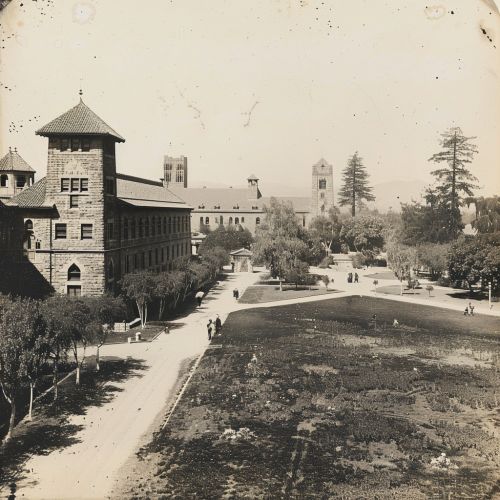
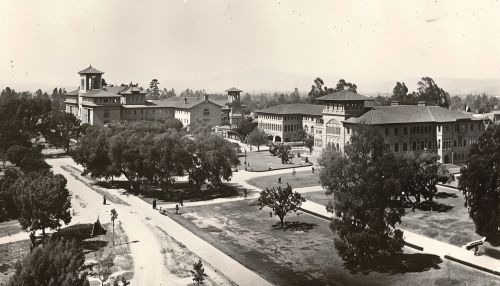
Shockley spent his early years in Palo Alto, California, where he developed an interest in science and technology. He attended Hollywood High School and graduated in 1927. He then enrolled at the California Institute of Technology (Caltech), where he earned his Bachelor of Science degree in 1932. Shockley later attended the Massachusetts Institute of Technology (MIT) for his doctoral studies, where he earned a Ph.D. in physics in 1936.
Career
After completing his Ph.D., Shockley joined the Bell Telephone Laboratories in New Jersey, where he began his research on solid-state physics. During World War II, he served as the director of research for the U.S. Navy's Anti-Submarine Warfare Operations Group. After the war, Shockley returned to Bell Labs and resumed his research.
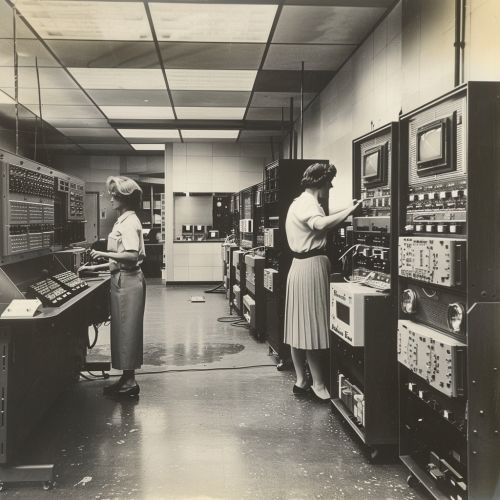
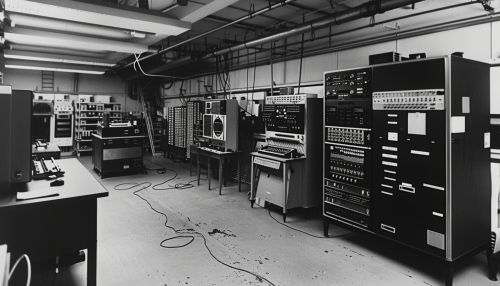
In 1947, Shockley, along with his colleagues John Bardeen and Walter Brattain, invented the first practical transistor, a device that would revolutionize the electronics industry. However, Shockley's relationship with Bardeen and Brattain deteriorated due to disputes over credit for the invention. In 1956, Shockley established his own company, Shockley Semiconductor Laboratory, in Mountain View, California. However, his management style led to a group of his employees, later known as the "traitorous eight," leaving to form their own company, Fairchild Semiconductor.
Contributions to Science and Technology
Shockley's most significant contribution to science and technology was the invention of the transistor. The transistor replaced the vacuum tube as the primary device for controlling electrical current and laid the foundation for the development of modern electronic devices. Shockley's work on the transistor earned him, Bardeen, and Brattain the Nobel Prize in Physics in 1956.
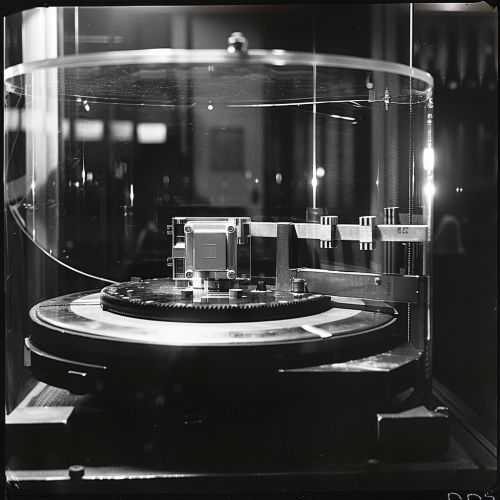
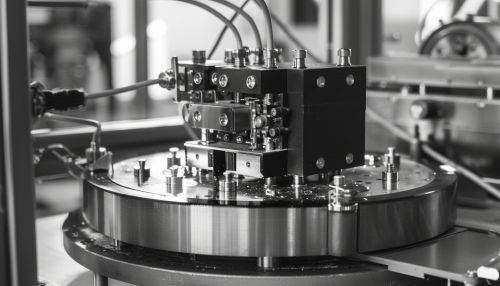
In addition to the transistor, Shockley also made significant contributions to the field of solid-state physics. He developed the Shockley diode equation, which describes the current-voltage characteristic of a diode. Shockley also proposed the concept of "holes" in semiconductors, which are positively charged spaces in an atom's electron configuration that can move and carry electric current.
Controversies and Later Life
In the later part of his career, Shockley became a controversial figure due to his views on race and intelligence. He advocated for eugenics, arguing that intelligence was largely determined by race and that certain races were genetically superior to others. These views were widely criticized and led to his ostracization from the scientific community.
Shockley died on August 12, 1989, in Palo Alto, California. Despite the controversies surrounding his later life, his contributions to science and technology continue to be recognized and have had a lasting impact on the electronics industry.
